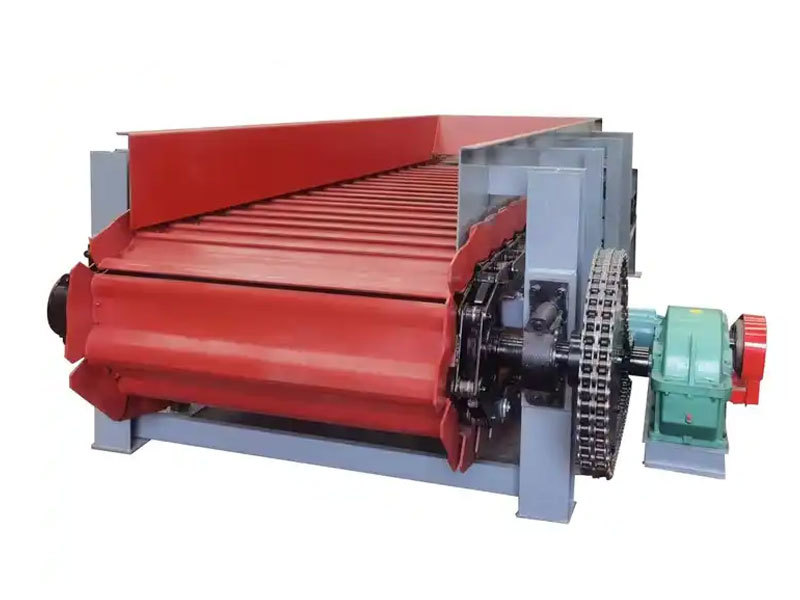Understanding Heavy Plate Feeders: Essential Components of Material Handling
Oct 20,2025

Heavy Plate Feeders are specialized machines designed to transport heavy bulk materials in a controlled and efficient manner. They are commonly used in industries such as mining, construction, and manufacturing, where the movement of large quantities of materials is essential. These feeders ensure a steady flow of materials to crushers, mills, and other processing equipment, thereby optimizing productivity and reducing operational downtime.
At the core of a Heavy Plate Feeder is a robust chain system that can handle substantial loads. The design typically features a series of thick, heavy plates linked by chains, which create a durable platform for transporting materials. This configuration allows for the seamless movement of materials across various inclines and surfaces, making it suitable for diverse operational environments.
One of the primary advantages of Heavy Plate Feeders is their ability to handle large volumes of material while maintaining a consistent feed rate. This characteristic is particularly important in industries where the precise delivery of materials can impact the efficiency of downstream processes. By ensuring that the right amount of material is supplied at the right time, Heavy Plate Feeders contribute to smoother operations and improved overall productivity.
In addition to their feeding capabilities, Heavy Plate Feeders are designed to withstand harsh operational conditions. Their robust construction allows them to endure extreme temperatures, heavy impacts, and abrasive materials, which are common in industrial settings. This durability not only extends the life of the equipment but also reduces maintenance costs and the risk of unexpected breakdowns.
Heavy Plate Feeders are also highly customizable. Manufacturers can tailor these feeders to meet specific operational requirements, including size, capacity, and material type. This adaptability makes them an ideal choice for a wide range of applications, from bulk material transportation to feed systems in processing plants.
Furthermore, the installation of a Heavy Plate Feeder can significantly enhance workplace safety. By automating the material handling process, these feeders reduce the need for manual labor, minimizing the risk of accidents and injuries associated with heavy lifting and transportation.
In conclusion, Heavy Plate Feeders play a vital role in modern industrial operations, providing efficient, durable, and customizable solutions for material handling. Their ability to maintain consistent feed rates, endure harsh conditions, and enhance workplace safety makes them an indispensable component in various industrial applications. Understanding the functionality and benefits of Heavy Plate Feeders can help businesses optimize their operations and improve productivity.

